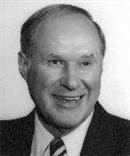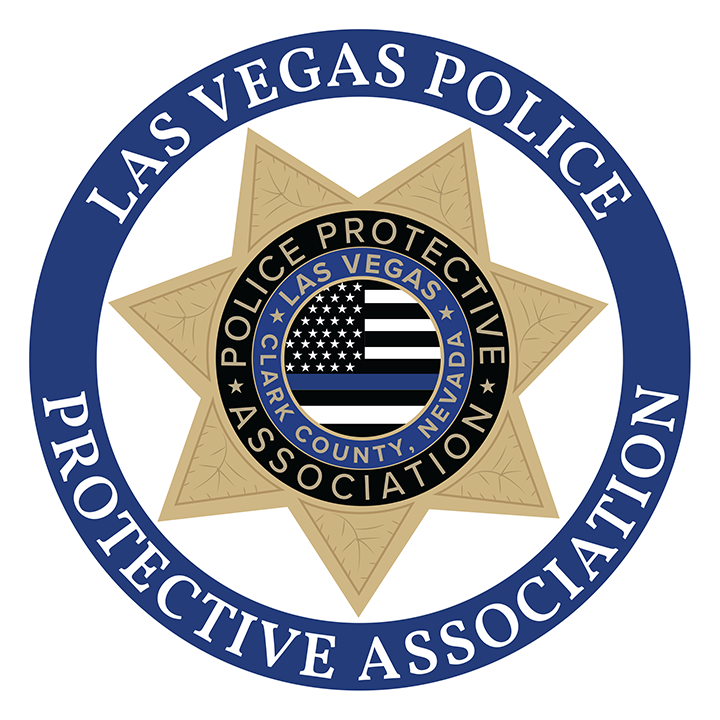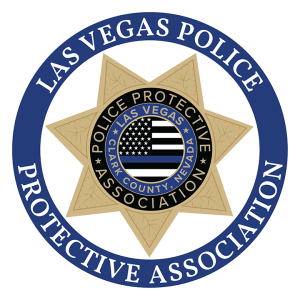 There are few on the Department today who remember our roots, but we haven’t always been Metro and we haven’t even always been here. Today, we are one of the largest police departments in the United States, but when compared to all other large police departments, we are the youngest at only 42 years old.
There are few on the Department today who remember our roots, but we haven’t always been Metro and we haven’t even always been here. Today, we are one of the largest police departments in the United States, but when compared to all other large police departments, we are the youngest at only 42 years old.
The Las Vegas Metropolitan Police Department is the offspring of the Clark County Sheriff’s Office (CCSO) and the Las Vegas Police Department (LVPD), and was created by legislative action. The creation of Metro was a grueling six-year process that began with the discussion of merging the two agencies’ records and crime lab. The back-and-forth negotiations on how to accomplish that resulted in an expansion of the areas to merge, eventually leading those involved to the understanding that the only way to make it work was everyone or no one. This led to other logistical issues.
The Sheriff’s Office commissioned some dispatchers and records staff; LVPD did not. This issue would play a pivotal action in a couple of years. The LVPD had matrons (female corrections officers), and the CCSO policy was that deputies worked in the jail before they worked the streets; the LVPD not. The Sheriff’s cars were black and LVPD had blue and white.
Uniforms and type of firearms had to be decided on. There was an endless list of to-dos to make this work. Finally, on July 1, 1973, Metro was born.
The early merger time P# 14878 was an amazing time. Much like cells joining to form a new life, two rival agencies combined into a single organization. By the Nevada Constitution, the sheriff of a county is the primary law enforcement officer. Because of this, that person, Ralph Lamb, became the first Sheriff of the Metropolitan Police Department. The Chief of the LVPD was John Moran and he became the undersheriff. Dates of hire for each employee had to be merged and P#s assigned.
At the time, we weren’t that large, with about 500 total employees. Sitting in briefing was a daily “event.” There were CCSO uniforms, LVPD uniforms and Metro uniforms. LVPD guys carried revolvers and CCSO guys had semi-autos. The only common item was our badge. We all wore a Metro badge. “Scumbag rookies” were told where to sit and your P# was many times a source of laughter, especially for those over 1000. Thankfully mine was 998. There were arguments over manpower deployment between LVPD sergeants and CCSO sergeants, and on a couple of occasions, fights between officers.
One of the primary strategies of the merger was to adopt what was referred to as “the best of both worlds.” This meant that each agency was examined for differences in pay, benefits and other issues. For example, the deputies were paid more, but did not have civil service, whereas the city cops did. The County had longevity, paid once a year, but LVPD was paid monthly. Plus, as stated previously, uniforms, guns and cars had to be equaled.
At the time, the LVPD had the PPA; the CCSO had no such organization. The leader of the PPA was Detective Will “Pappy” Deiss. Will joined the LVPD in 1953 at age 23. He was one of the original members of the PPA and later served as president for 11 years. I knew Pappy and eventually, as the case with all PPA leaders, his shelf life reached its expiration date. In spite of this, he needs to be remembered for how hard he worked and how much he contributed for the police officers of Metro. He was instrumental in the discussions where the best of both worlds was involved during the merger talks. Deiss retired in 1979 with nearly 27 years service.

